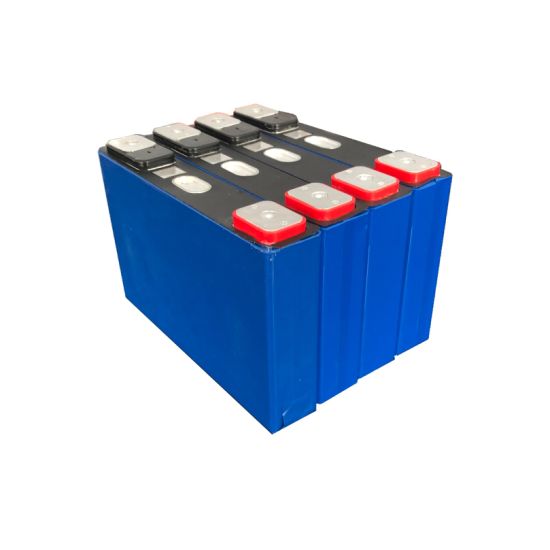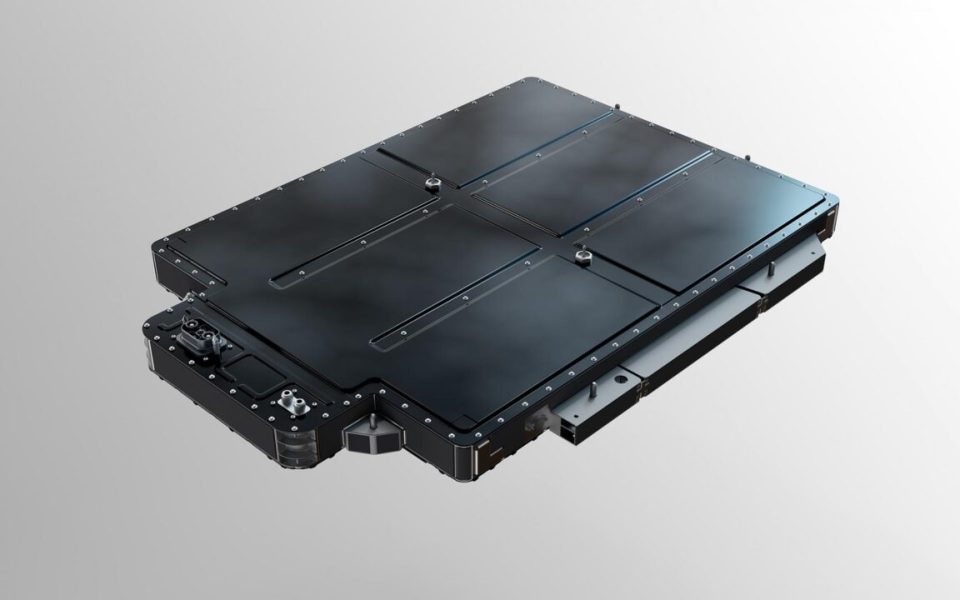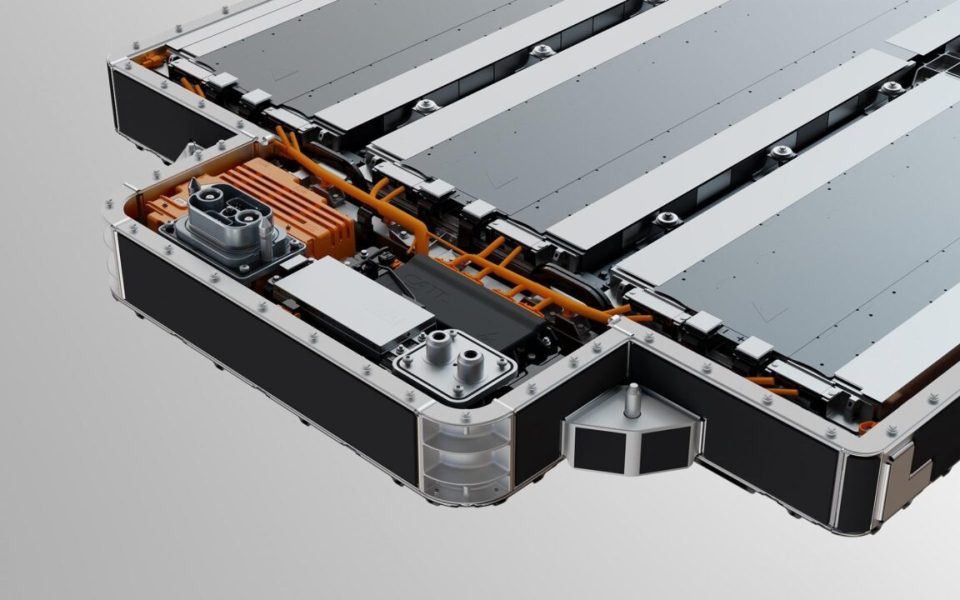
Hybrid battery in Nio. LiFePO4 and NMC cells in one container
Nio has introduced a hybrid battery to the Chinese market, that is, a battery based on various types of lithium-ion cells. It combines lithium iron phosphate (LFP) and lithium cells with nickel manganese cobalt cathodes (NMC) to reduce packaging costs while maintaining similar efficiency.
LFP will be cheaper, NMC will be more efficient
NMC lithium-ion cells offer one of the highest energy densities and fairly high efficiency even at low temperatures. LiFePO cells4 in turn, they have a lower specific energy and do not tolerate frost well, but they are cheaper. Batteries for electric vehicles can be successfully built on the basis of both, if we do not forget about their characteristics.
Nio's new 75 kWh battery combines both types of cells so that the drop in range won't be as severe during freezing cold as with the LFP. The manufacturer claims the range loss is 1/4 lower than the LFP-only battery. By using cell bodies as the main battery (CTP), the specific energy has been increased to only 0,142 kWh / kg (source). For comparison: the energy density of the Tesla Model S Plaid package based on NCA cells in the 18650 format is 0,186 kWh / kg.

The Chinese manufacturer doesn't brag about which part of the battery the NCM cells are in, but reassures potential buyers that the algorithms track the battery level, and with NMC the estimation error is less than 3 percent. This is important because LFP cells have a very flat discharge characteristic, so it is difficult to judge whether they have 75 or 25 percent charge.

Connectors in the new Nio battery. Left high voltage connector, right coolant inlet and outlet (c) Nio
The new Nio battery, as already mentioned, has a capacity of 75 kWh. It replaces the old 70 kWh package on the market. Judging by the changes made - replacing some of the NCM cells with LFPs and using a modular structural design - its price may be similar to the older version with a 7,1% increase in capacity.
This may interest you:
